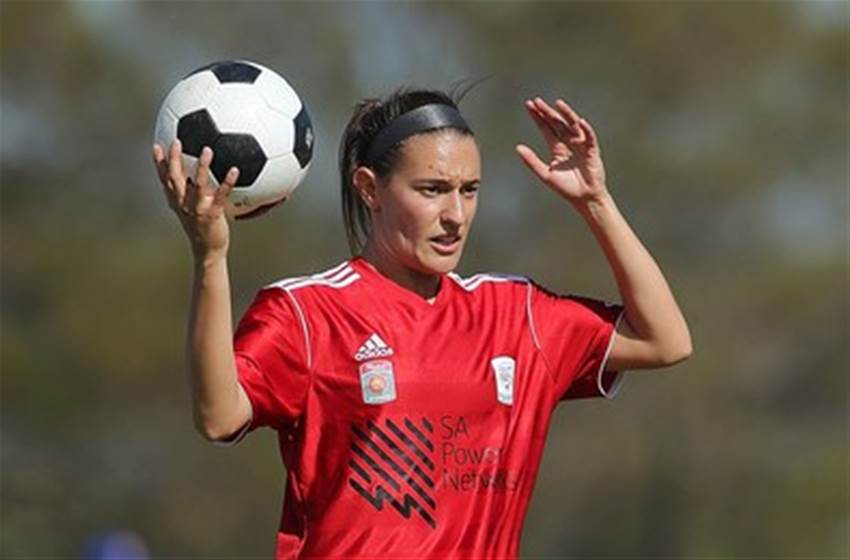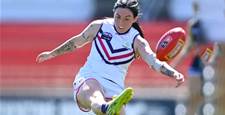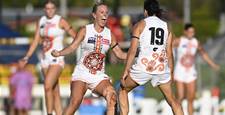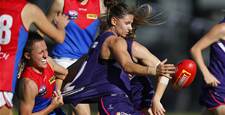Adelaide United defender Snez Veljanovska has become the latest W-League player to miss the 2014 season with an anterior cruciate injury.
Adelaide United defender Snez Veljanovska has become the latest W-League player to miss the 2014 season with an anterior cruciate injury.
The 26 year old, who was part of Canberra United's 2011/12 undefeated premiership and championship side, will undergo a knee reconstruction ruling her out for the next 12 months.
Knee Recon for me it is
— Sne? (@SnezV) June 11, 2014Versatile as a midfielder or ball playing defender, Veljanovksa was an integral part of the much improved Adelaide United defence with her experience crucial in Ross Aloisi's young side.
The Reds defender is the second W-League player in a week to injure their ACL with Sydney FC midfielder Leena Khamis rupturing the ligament for the second time earlier this week.
Knee op today. Kinda nervous. I'm hoping to come out with an ACL not a bone graft.Thanks to all involved to make it happen so quick #unknown
— Leena Khamis (@Leena_Khamis) June 10, 2014Khamis, who was part of the silver medal winning Asian Cup side, underwent surgery today before commencing the 12 month rehabilitation process.
ACL injuries remain the most common structural injury in women's football. Women in general have higher incidences than men with many risk factors cited ranging from anatomical structures, hormones and neuromuscular control to studs v blades and natural v artificial pitches.
Within the last three seasons alone, no less than 25 W-League players have required knee constructions, with some unfortunate enough to require two in a relatively short period of time.
The large incidences of injury however are not limited to Australia or to this time period.
Famously, or infamously, 6-8 Matildas, including FIFA Executive Member Moya Dodd, were ruled out of the 1995 FIFA World Cup due to ACL ruptures.
That those numbers have not improved in line with other advances in women's football is a sad indictment on the game.
Research in Australia, and worldwide, has been scarce but with Australia opening the nation’s first FIFA Medical Centre of Excellence in Melbourne, this could be, should be, its first research project.
After all in opening the centre FIFA Chief Medical Officer Professor Jiri Dvorak stated that the aim of the Medical Centres of Excellence was "to improve the healthcare of football players and other athletes at every single level of the game through knowledge."
Reading Resources
ACLs: The Sequel by Fiona Crawford
ACL injuries: Is there an epidemic in women’s football? by Jessica Creighton
ACL injuries: Can they be prevented in women footballers? by Jessica Creighton
Related Articles
.jpeg&h=172&w=306&c=1&s=1)
Belief high for Jets ahead of City ALW semi-final clash
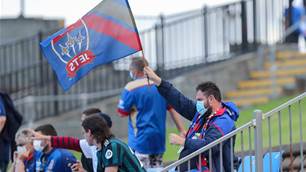
Newcastle rout Reds to keeps finals hopes alive
.jpeg&h=172&w=306&c=1&s=1)
